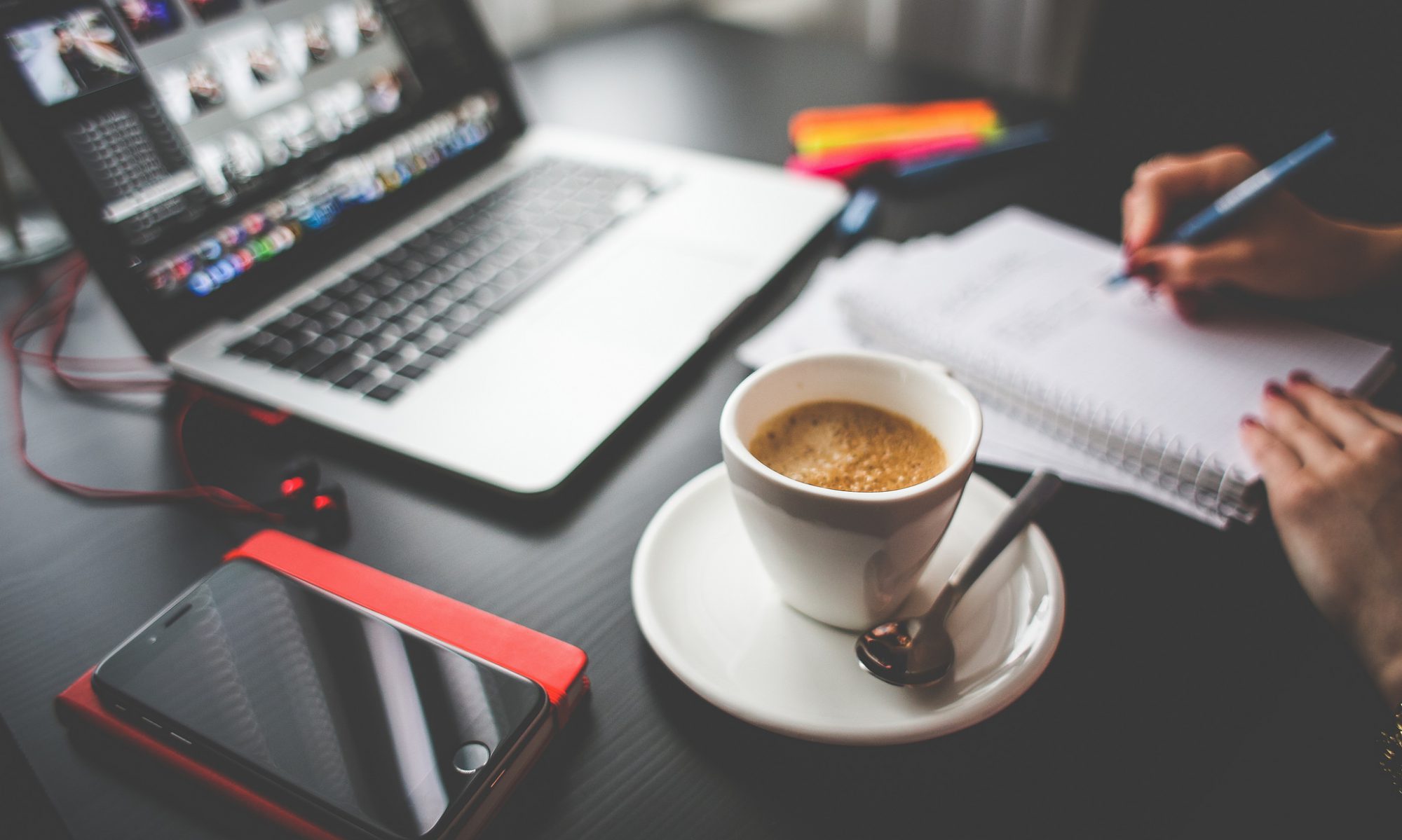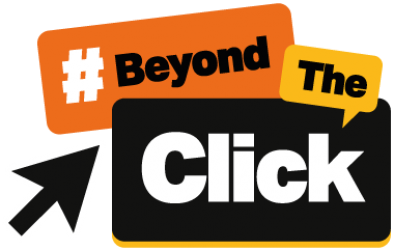Case Studies: Human development, democracy and international justice
#StandingRock

The story: Over a million people “checked in” their location on Facebook at the Standing Rock Sioux Reservation in North Dakota to try to prevent protesters at the reservation from being tracked by police authorities as part of surveillance operations, which typically includes social media surveillance. The action occurred during a six-month direct protest by Native American nations over the construction of a 1,886km underground oil pipeline project which would run from the Bakken oil fields in western North Dakota to southern Illinois, crossing beneath the Missouri and Mississippi Rivers.
The who: Standing Rock Sioux Reservation protestors and individual support globally
The issues: indigenous rights, land, climate change, fossil fuels, extractive industries, environment
The medium: Facebook
The timeframe: 1 day, October 31st 2016
The impact: By checking in on Facebook, global support for indigenous people in Standing Rock changed the narrative around indigenous people’s rights which had largely been missing from mainstream media at that time:
“This check-in has created a huge influx of media attention that we appreciate. There is a massive social media following, which plays a key role in this struggle,” the statement said. “We have been ignored for the most part by mainstream media, yet we have hundreds of thousands of supporters from across the world. We appreciate a diversity of tactics and encourage people to come up with creative ways to act in solidarity, both online and as real physical allies.’ – Sacred Stone Camp statement to the Washington Post.
That mainstream media were turning their attention to Standing Rock and the DAPL project was hugely positive for the Native American ‘climate protectors’, for example, in how national newspaper USA Today published 7 history lessons that explained the origins of the protests.
The ‘check-ins’ protest created a swell of wider public interest and debate in advance of other actions over the next 6 months after the social media action such as fact finding missions from bank officials with investments in the pipeline project, the US Commission on Civil Rights, the UN special rapporteur on the rights to freedom of peaceful assembly, countless celebrities volunteering at the protest camps and a group of over 2,000 US military veterans joining the protest.
Despite the forced closing of the protest camp by December 2016 where up to 10,000 people participated directly, learning about the origins of the protest, cataloguing and gathering evidence of heavy handed police suppression of protestors, exposing historical and ongoing pipeline leaks and use strategic litigation have built on the momentum of broader support and engagement in the #StandingRock #NoDAPL protests.
The Counterpoint: People Are Checking In to Standing Rock to Help Protesters. Does It Really? by Laura Wagner (October 31st, 2016) on The Slate
#OccupyHK
The story: What later became known as the ‘umbrella revolution’ (so named on twitter) began in the second half of 2014 following years of protest regarding democracy in Hong Kong. Social media, and technology more broadly, played a central part in the #occupyHK movement. While the dominant international images of the occupy movement (protesters occupied two key locations), the use of social media became central, not only mobilising and co-ordinating locally but also for publicising events internationally. For example, Twitter reported that 1.3 million tweets about Hong Kong were recorded between September 26the and 30th while the street protests attracted between 80,000 and 100,000 people. Those who were unable to participate directly marked their support through posting an image of a yellow umbrella on Facebook, Instagram and Twitter. When police moved to break up the occupation, social media was used to document events. Images of events and reactions to them went viral internationally.
Facebook was the platform most used and although Hong Kong people primarily posted in Cantonese, these were frequently translated into English and posted on Twitter. Facebook was also used to verify information (HKVerified) and to provide updates etc. For the organisers, social media played a complementary role to that of traditional media (newspapers, radio and TV). In addition Google Doc Spreadsheets were used support the movement’s logistics and to fundraise. Another platform used was FireChat, a messaging app which relies on Bluetooth thus avoiding the internet overcrowding pressure.
Hong Kong protesters also used the hashtags #Ferguson and #Arabspring to compare police behaviour and brutality in Missouri, US and the pro-democratic uprisings that swept the Middle East with events in Hong Kong. This helped make Hong Kong’s protests more directly relevant to international social media users and drew in more international support.
The who: The Hong Kong Federation of Students and Scholarism, a student activist group initiated the protests but were also joined by 11 other organisations and group including the Occupy Central with Love and Peace thus building a mass civil disobedience campaign.
The issues: Democracy, umbrella movement, Hong Kong
The campaign hashtag: #OccupyHK
The time-frame: July – October 2014
The impact: Literally millions of posts were recorded during the high point of the demonstration with up to 100,000 taking part on the streets, support rallies took place in at least 64 cities including London, New York and Taipei. In the succeeding years, Beijing has arrested and imprisoned many of the organisers but the campaign for democracy continues.
#DecoloniseAndMoisturise
Brilliant @ExploreWellcome takeover by @BustyBeatz this wknd: Challenging (ab)use of cultural objects #uncomfortable #integrity #TSOTF 👏 https://t.co/vRnjRaLlyi
— Rachel Thompson (@tigerllily77) February 19, 2017
Consume the bust of Henry Wellcome just like Wellcome consumed the cultures of others 🐸 ☕️#WeAreTheLatestModelsOfOurAncestry #RobThisEngland pic.twitter.com/wB7isNYoOa
— Wellcome Collection (@ExploreWellcome) February 19, 2017
The story: As authorities on culture, museums and galleries exist to engage ‘the public’ in bringing history and art alive in an engaging manner as public spaces for reflection and learning.
Afro-punk South African musician Busty Beatz was invited to take over the Twitter account from the London-based culture and history museum Wellcome Collection for three days and post tweets as she saw fit. As a museum with cultural artefacts on display from across the former British empire, this ‘takeover’ resulted in ‘a global conversation around decolonising our museum, collecting objects and revising curatorial practices. We were prepared to be uncomfortable and ready to be challenged’.
The who: The Wellcome Collection, as curated by Afro-punk musician @BustyBeatz
The issues: Decolonisation; women; art; Africa
Campaign hashtag: #DecoloniseAndMoisturise
The medium: Twitter account @ExploreWellcome #DecoloniseAndMoisturise
The time-frame: Three days, from 16-19 February 2017
The impact: See a range of tweets captured in a moments stream of curated #DecoloniseAndMoisturise tweets.
What was a three day online conversational experiment has moved into indigenous women decolonising roller derby in New York, women’s empowerment art productions through posters, badges and as an ongoing lens for engaging in pop culture on colonial issues and topics such as the release of Black Panther in February 2018.
Africa and the Poetry of News
“Africa and the Poetry of News”: Global Voices Hosts a Twitter Chat for World Poetry Day
The story: Global Voices website hosts a Twitter Chat for World Poetry Day, March 21st, 2018 on the theme of ‘Africa and the Poetry of News’. In 1999, UNESCO declared March 21 World Poetry Day stating ‘poetry reaffirms our common humanity by revealing to us that individuals, everywhere in the world, share the same questions and feelings’.
The who: globalvoices.org – a border-less, volunteer community of more than 1400 writers, analysts, online media experts, and translators engaged with the conversation on citizen media reporting since 2005. Global Voices curates, verifies and translates trending news stories (often missing on the internet) from blogs, independent press and social media in 167 countries.
The medium: Twitter using the Global Voices sub-Saharan Africa handle @gvssafrica; the conversation explored the links between journalism and poetry with a special focus on Africa.
The issues: poetry, news and politics, humanity, Africa
The impact:
March 21, 2018 was World Poetry Day designed to affirm our common humanity by highlighting to us that individuals, everywhere in the world, share the same questions and feelings. Around the world, poets, cultural workers, writers, linguists, and language lovers everywhere celebrated that common humanity with readings, conversations, publications, recitals and workshops.
- The event (organised since 1999) explores the use and power of words in poetry in the face of tyranny and oppression of many types. In an African continent continuously dominated by despots, the poet speaking and acting as ‘a truth-teller’ is not a luxury.
- The event asks how can poetry humanise the news? What can journalists learn from poets, poetry, and ‘poetic thinking’?
- Across the continent of Africa, organisations from South Africa, Tanzania, Kenya, Nigeria Somaliland and Uganda made use of book fairs, workshops and special publications dedicated to the promotion of language, literature, and a reading culture.
- For the past 10 years, poets and writers have actively acknowledged poetry’s deep roots on the continent and its unique power to support democracy, challenge the status quo and promote freedom of speech.
#breakingstereotypes
A post shared by Barbie Savior (@barbiesavior) on
The story: in recent years, voluntourism has exploded among European and US volunteers. Many travel to underdeveloped countries to engage in aid work for a month or two. However, at the end of it, all they return home with is a ‘social media account filled with selfies with the malnourished babies and poor people’. US based Nigerian author Teju Cole describes this impulse as the White Saviour Industrial Complex, which is a belief that “a nobody from America or Europe can go to Africa and become a godlike saviour, or at the very least, have his or her emotional needs satisfied”.
Two satirical experiments have been exploring this practice using social media practice to challenge this narrative over a number of years – Norwegian student-run project RADI-Aid and through a parody Instagram account, Savior Barbie. Where RADI-Aid has been targeting organisations involved in overseas aid and charity ad production (such as Comic Relief), Savior Barbie has been targeting individuals and volunteers underscoring the fact that most of the voluntourism or ‘naive volunteerism’ is at best an outward display of charitable actions with little or no consequence.
The who: Barbie Savior and Radi-Aid
The issues: overseas aid, charity, stereotypes, dignity, consent, satire
The medium: Instagram and YouTube
The time-frame: March 2016 – present
The impact: While the social media projects have been criticised for not changing the material circumstances of the subjects they lampoon (tourists and volunteer-sending organisations), the guide was developed as an education tool for immediate use aimed at volunteering-sending organisations, predominantly and for sharing on social media more widely.
Based on their status and reach as satirists of the aid industry (Savior Barbie has 152K followers and RADI-Aid produced a video in 2016 which garnered 1.2million views about ‘who wants to be a volunteer’ where the grand prize is the chance to ‘Save Africa’), the opportunity to engage within ‘the medium’ and beyond social media was explored in 2017.
Malaka Gharib of US-based NPR believes that:
‘for years, communicators in the field of global development have been working to fight stereotype-reinforcing images in charity ads through awareness campaigns and codes of ethics. But few specifically address social media or are geared toward young people.’
The two projects, carrying years of experience in producing satirical material around the overseas aid industry and voluntourism, collaborated on brief social media guide and checklist for volunteers and travellers which is based on four principles: promote dignity, gain informed consent, question your intentions and use your chance to bring down stereotypes.

